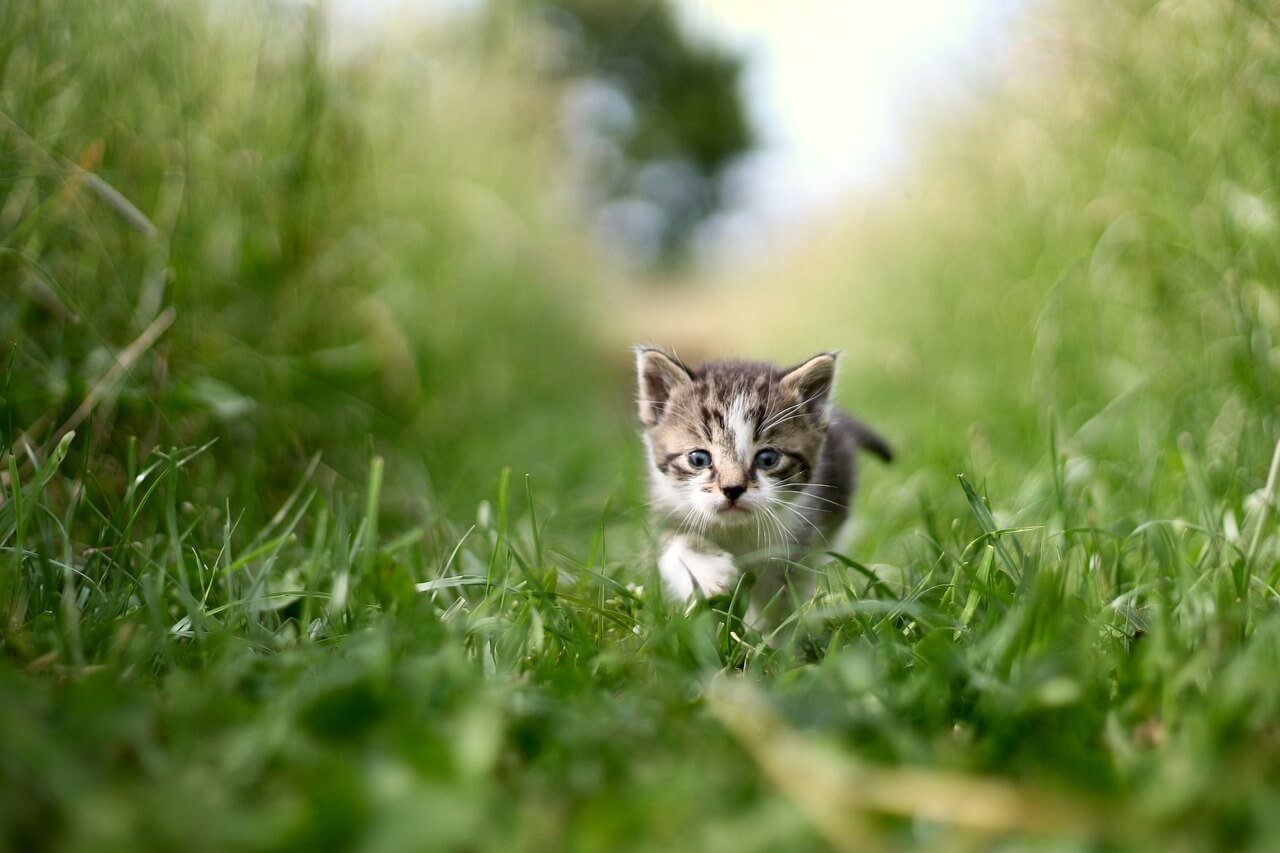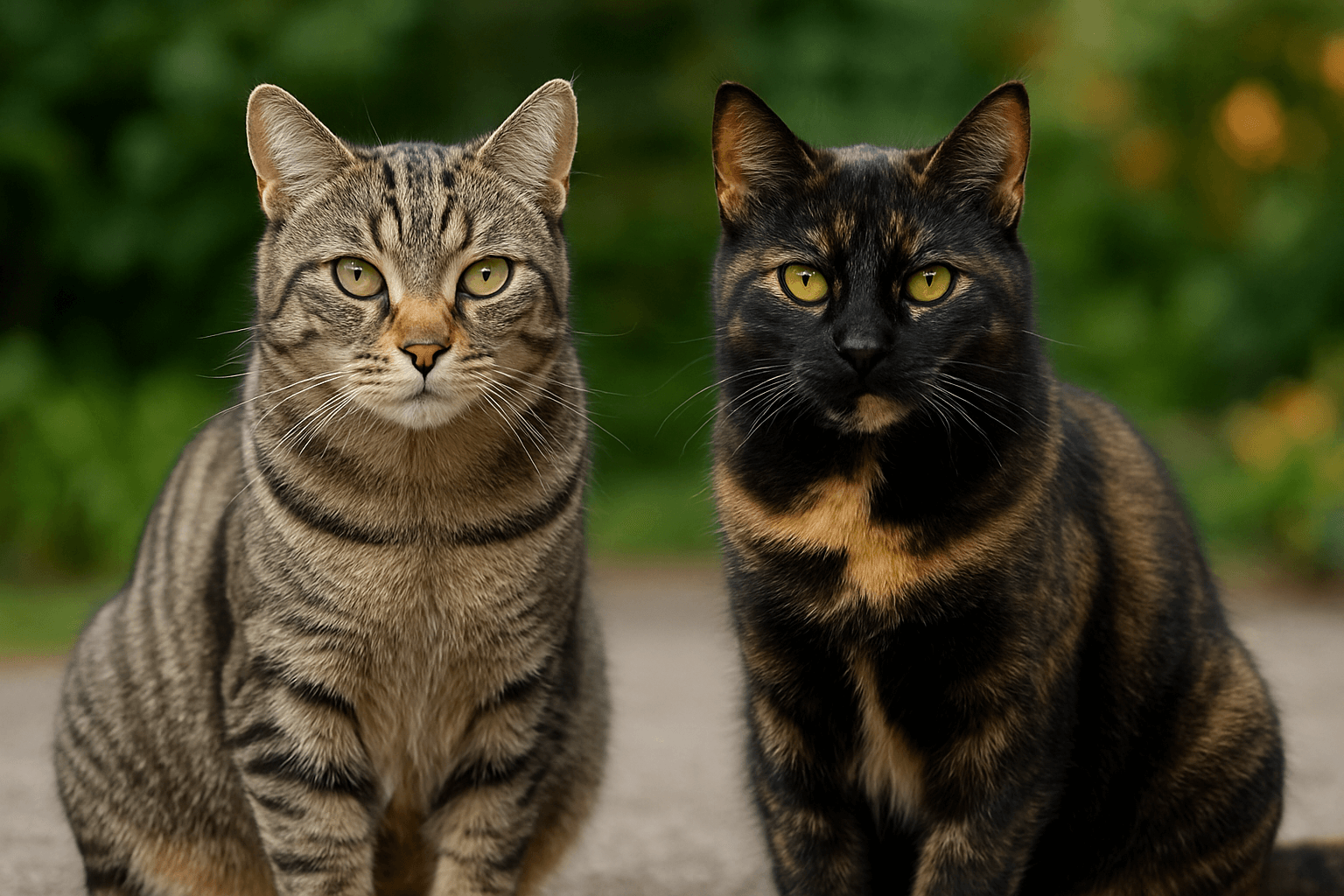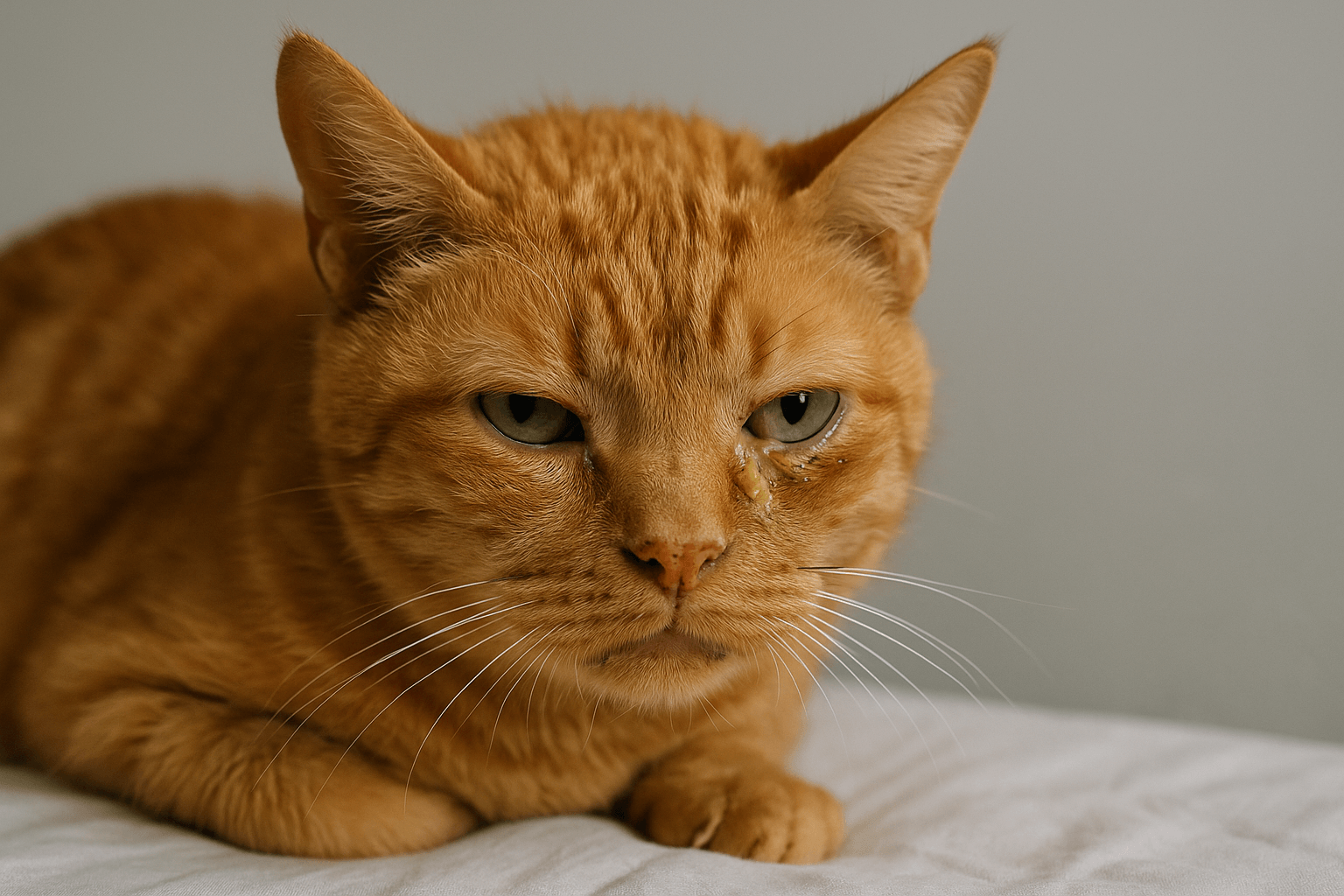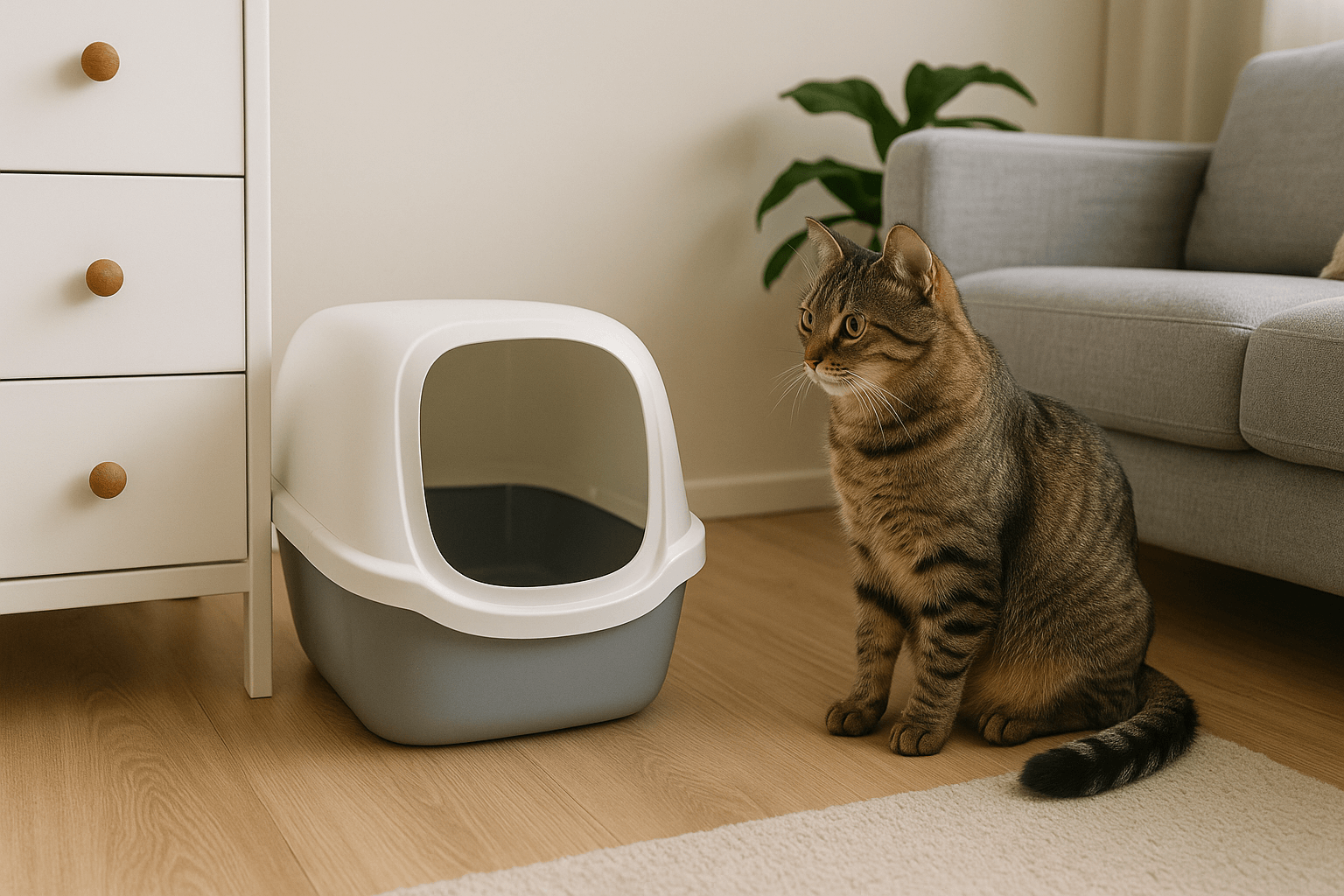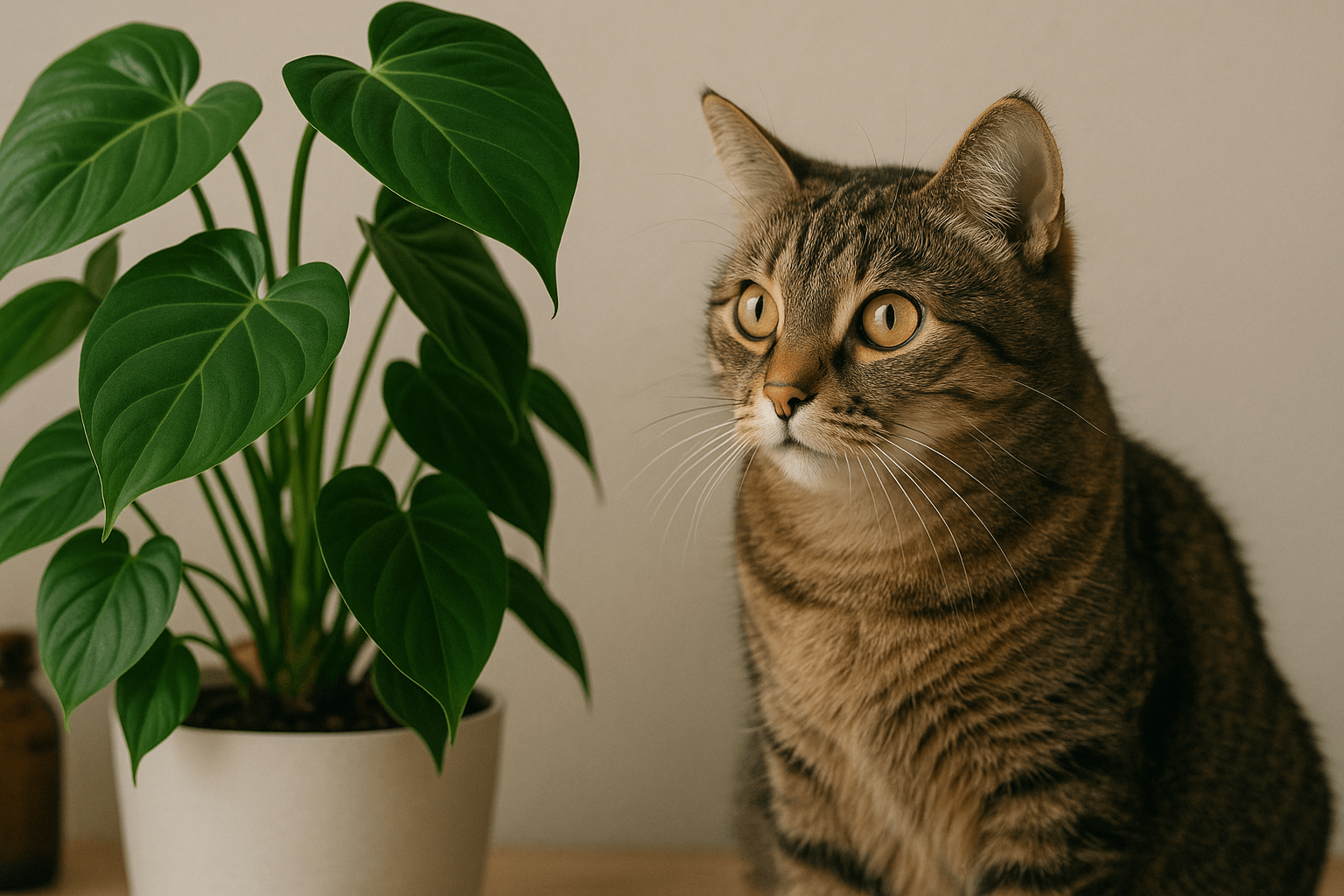Cat Swollen Eye Treatment at Home: A Guide to Comfort and Care
A swollen eye in your cat can be alarming, but it’s important to stay calm and act quickly. Whether caused by an injury, infection, or underlying health issue, a swollen eye requires careful attention to prevent further complications. While veterinary care is always the best option for serious conditions, there are safe and effective ways to provide relief at home. In this article, we’ll explore the causes of a swollen eye, how to treat it at home, and when you should seek professional help. With patience and proper care, you can help your feline friend feel better and protect their precious eyesight.
Understanding Why Your Cat’s Eye Might Be Swollen
Before attempting any treatment, it’s essential to understand what might have caused your cat’s swollen eye. Identifying the root cause can guide you in providing appropriate care and knowing when to consult a vet.
Injury or Trauma :
Scratches, bumps, or foreign objects can irritate the eye and lead to swelling.Bacterial or Viral Infections :
Conditions like conjunctivitis or feline herpesvirus often result in inflammation.Allergic Reactions :
Dust, pollen, or cleaning products may trigger an allergic response in sensitive cats.Blocked Tear Ducts :
Improper drainage of tears can cause fluid buildup and swelling around the eye.Parasites or Flea Bites :
Irritation from fleas or mites near the eye area can lead to localized swelling.
Recognizing these potential causes helps you determine the best course of action. Always monitor your cat closely and consult a vet if the swelling persists or worsens.
How to Soothe Your Cat’s Swollen Eye at Home
If your cat’s swollen eye appears mild and isn’t accompanied by severe symptoms like discharge or pain, you can try some gentle home remedies. These methods aim to reduce swelling and provide comfort while you assess whether professional care is needed.
Warm Compress :
Gently apply a clean, warm cloth to the affected eye for 5–10 minutes to reduce swelling.Saline Solution Rinse :
Use a sterile saline solution to flush out debris and soothe irritation.Keep the Area Clean :
Wipe away any discharge with a soft, damp cloth to prevent further infection.Limit Exposure to Irritants :
Remove potential allergens like dust, smoke, or strong-smelling cleaners from your home.Provide a Stress-Free Environment :
Ensure your cat has a quiet, comfortable space to rest and recover.
While these remedies can offer temporary relief, they are not substitutes for professional diagnosis and treatment. Persistent or worsening symptoms require immediate veterinary attention.
Check this guide 👉Why Is My Cats Eye Red? Best 7 Expert Tips!
Check this guide 👉Cat Eye Injury: Best 7 Health Tips!
Check this guide 👉Understanding Brown Cat Eye Discharge: Best 7 Health Tips!
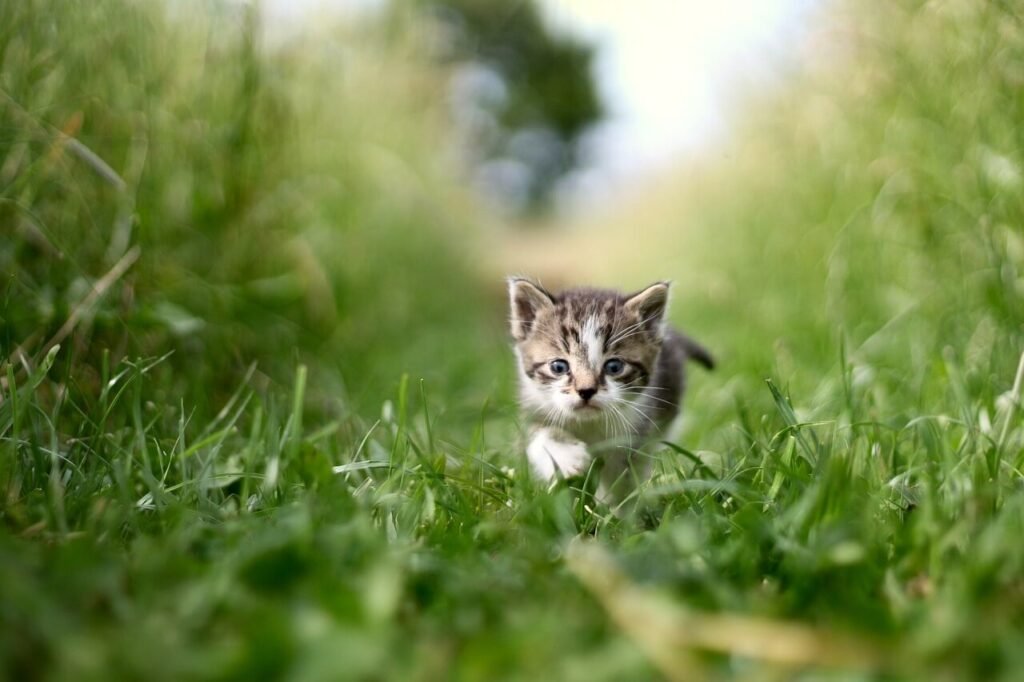
Home Remedies for Swollen Eyes | When to See a Vet Immediately |
|---|---|
Apply a warm compress to reduce swelling | Severe swelling that doesn’t improve within 24 hours |
Use sterile saline to clean the eye | Presence of pus or unusual discharge |
Keep the eye area clean and dry | Signs of pain, such as pawing or squinting |
Avoid exposure to known irritants | Swelling accompanied by fever or lethargy |
Provide a calm, stress-free recovery space | Suspected trauma or foreign object in the eye |
Keeping Your Cat’s Eyes Healthy and Swelling-Free
Prevention is key to avoiding swollen eyes and other eye-related issues in cats. By taking proactive steps, you can minimize the risk of infections, injuries, and irritations.
Regular Grooming :
Trim fur around the eyes to prevent irritation and keep the area clean.Monitor Playtime :
Supervise interactions with other pets to avoid accidental scratches or injuries.Maintain a Clean Environment :
Vacuum regularly and remove dust or debris that could irritate your cat’s eyes.Check for Parasites :
Use flea and tick prevention products to protect your cat from pests.Schedule Routine Vet Check-Ups :
Regular exams can catch early signs of eye problems before they escalate.
By incorporating these habits into your routine, you can help safeguard your cat’s eye health and overall well-being. Prevention is always easier than treatment!
When to Seek Professional Help for a Swollen Eye
While some cases of swollen eyes can be managed at home, others require urgent veterinary attention. Recognizing the warning signs ensures your cat gets the care they need without delay.
Excessive Discharge :
Yellow, green, or bloody discharge indicates a possible infection.Cloudiness or Redness :
Changes in the appearance of the eye may signal damage or disease.Behavioral Changes :
Lethargy, loss of appetite, or hiding could point to systemic illness.Persistent Squinting or Pawing :
Continuous discomfort suggests the condition is worsening.Swelling That Spreads :
If the swelling extends beyond the eye area, it may indicate a more serious issue.
These red flags mean it’s time to call the vet. Early intervention can prevent complications and ensure your cat’s swift recovery.
What Not to Do When Your Cat Has a Swollen Eye
While it’s natural to want to help your cat feel better, certain actions can do more harm than good. Avoiding these common mistakes ensures you don’t accidentally worsen the condition or delay proper treatment.
Using Over-the-Counter Human Medications :
Many human medications are toxic to cats and can cause severe side effects.Forcing Your Cat to Stay Still :
Restraining them too forcefully may increase stress and lead to injury.Ignoring Underlying Symptoms :
Focusing only on the swelling without addressing other signs like fever or lethargy can be dangerous.Applying Ice Directly to the Eye :
Ice can damage delicate tissues and should never be applied directly.Delaying Veterinary Care for Severe Cases :
Waiting too long to see a vet can allow infections or injuries to worsen.
By steering clear of these errors, you can provide safer care for your cat and avoid complications. Always prioritize professional advice when in doubt.
How to Know If Your Cat’s Swollen Eye Is Healing
After starting treatment, whether at home or under veterinary guidance, it’s important to monitor your cat’s progress. Recognizing signs of improvement can reassure you that your efforts are working—or signal if further action is needed.
Reduced Swelling :
Noticeable decrease in puffiness around the eye indicates healing.Clearer Discharge :
A reduction in pus or mucus suggests the infection is subsiding.Increased Comfort :
Your cat may stop pawing at their eye or return to normal activities.Brighter Eye Appearance :
The eye will look less red or cloudy as it heals.Improved Appetite and Energy Levels :
Regaining interest in food and play is a positive sign of recovery.
These improvements confirm that your cat is on the mend. However, if symptoms persist or worsen, consult your vet promptly to rule out deeper issues.
Supporting Cats with Recurring Eye Issues
Some cats, especially those with flat faces or chronic conditions like feline herpesvirus, may experience recurring eye problems. Implementing long-term strategies can help minimize flare-ups and keep their eyes healthy.
Regular Cleaning :
Gently wipe around the eyes daily to prevent buildup of debris or discharge.Humidifier Use :
Adding moisture to the air can reduce dryness and irritation, especially in winter.Dietary Supplements :
Omega-3 fatty acids support overall eye health and reduce inflammation.Minimizing Stress :
Stress can trigger flare-ups in cats with chronic conditions; maintain a calm environment.Frequent Vet Visits :
Schedule regular check-ups to monitor and manage any ongoing issues proactively.
With consistent care and attention, you can help manage your cat’s predisposition to eye problems. Early intervention and preventive measures are key to ensuring their comfort and well-being over time.
Frequently Asked Questions About Cat Swollen Eye Treatment
Can I use human eye drops on my cat?
No, human eye drops may contain ingredients harmful to cats. Always consult a vet first.
How long does it take for a swollen eye to heal?
Mild cases may improve within 24–48 hours, but severe issues require professional treatment.
What if my cat won’t let me touch their eye?
Try wrapping them gently in a towel to restrain them safely or seek veterinary assistance.
Are certain breeds more prone to eye problems?
Yes, flat-faced breeds like Persians are more susceptible due to their eye shape.
Can allergies cause a swollen eye in cats?
Yes, allergies to pollen, dust, or chemicals can lead to irritation and swelling.
Final Thoughts: Prioritizing Your Cat’s Eye Health
A swollen eye in your cat may seem minor at first glance, but it can sometimes indicate a more serious issue. By understanding the causes, practicing safe home remedies, and recognizing when to seek veterinary care, you can ensure your furry friend stays healthy and comfortable. Remember, prevention is just as important as treatment—regular check-ups and a clean environment go a long way in protecting your cat’s eyesight. With love, patience, and proper care, you can help your feline companion overcome this challenge and enjoy many happy, healthy days ahead.
Tabby Cat vs Tortoiseshell: Best 7 Expert Tips! Discover the differences in patterns, personalities, and care needs between tabby and tortoiseshell cats to find your perfect feline companion.
Understanding Trichomoniasis in Cats: Best 7 Expert Tips! Discover symptoms, treatment, and prevention strategies for this common feline parasite to keep your cat healthy and happy.
Where to Place a Cat Litter Box? Best 7 Expert Tips! Discover ideal spots, avoid common mistakes, and learn how to keep your cat happy with perfect litter box placement.
Are Philodendrons Toxic to Cats? Best 7 Expert Tips! Discover if philodendrons are safe for cats, symptoms of poisoning, and expert advice to keep your feline friend healthy around houseplants.

